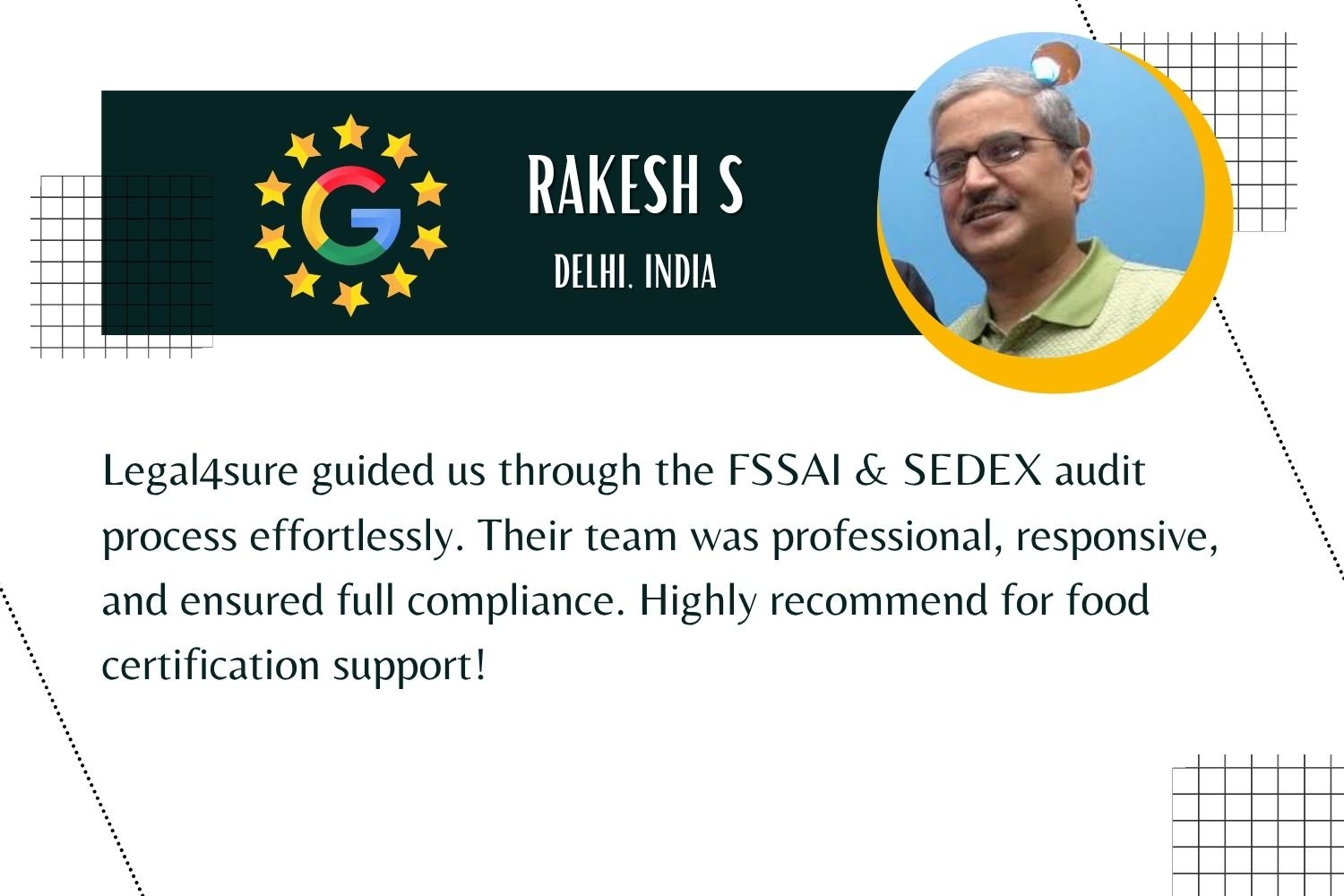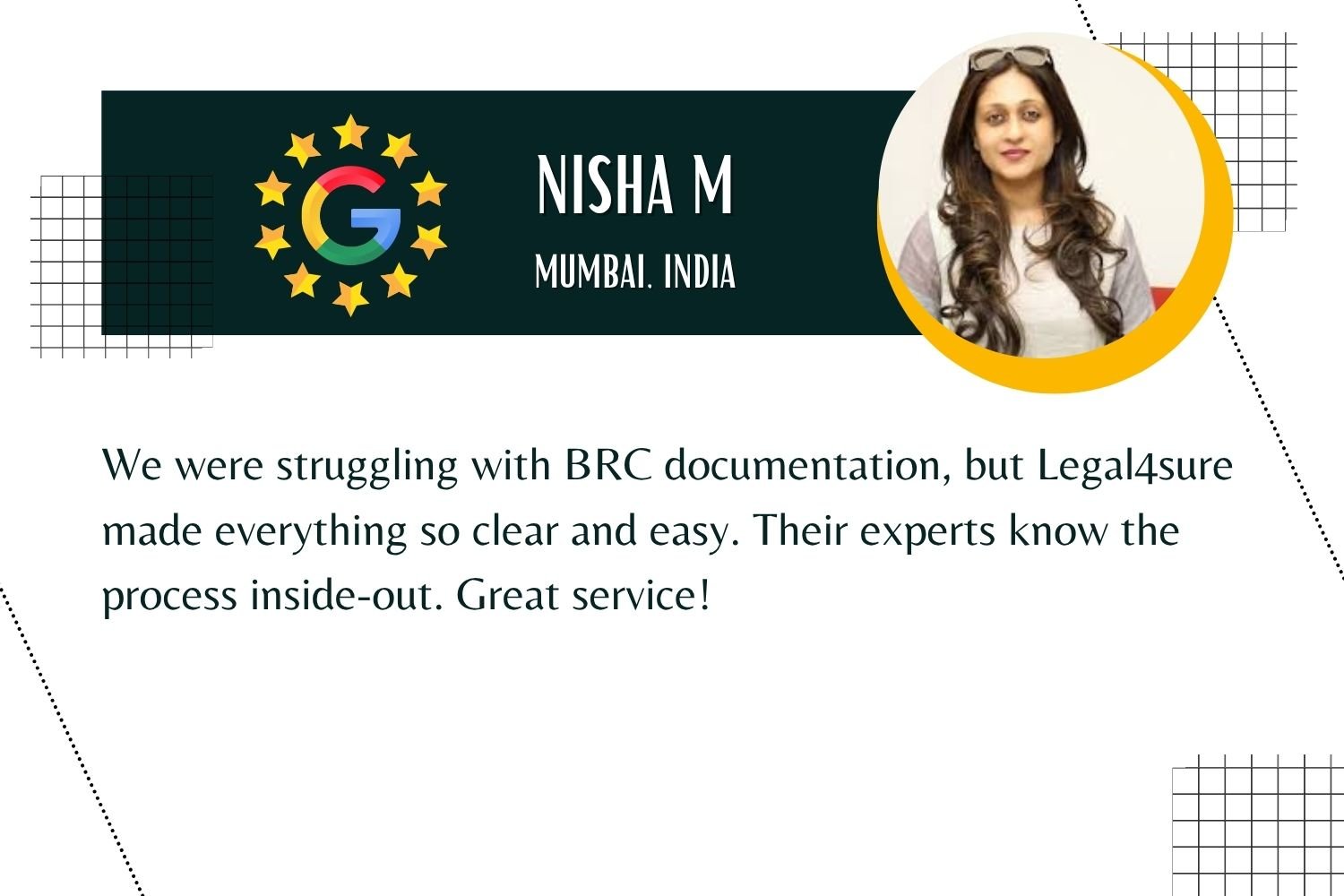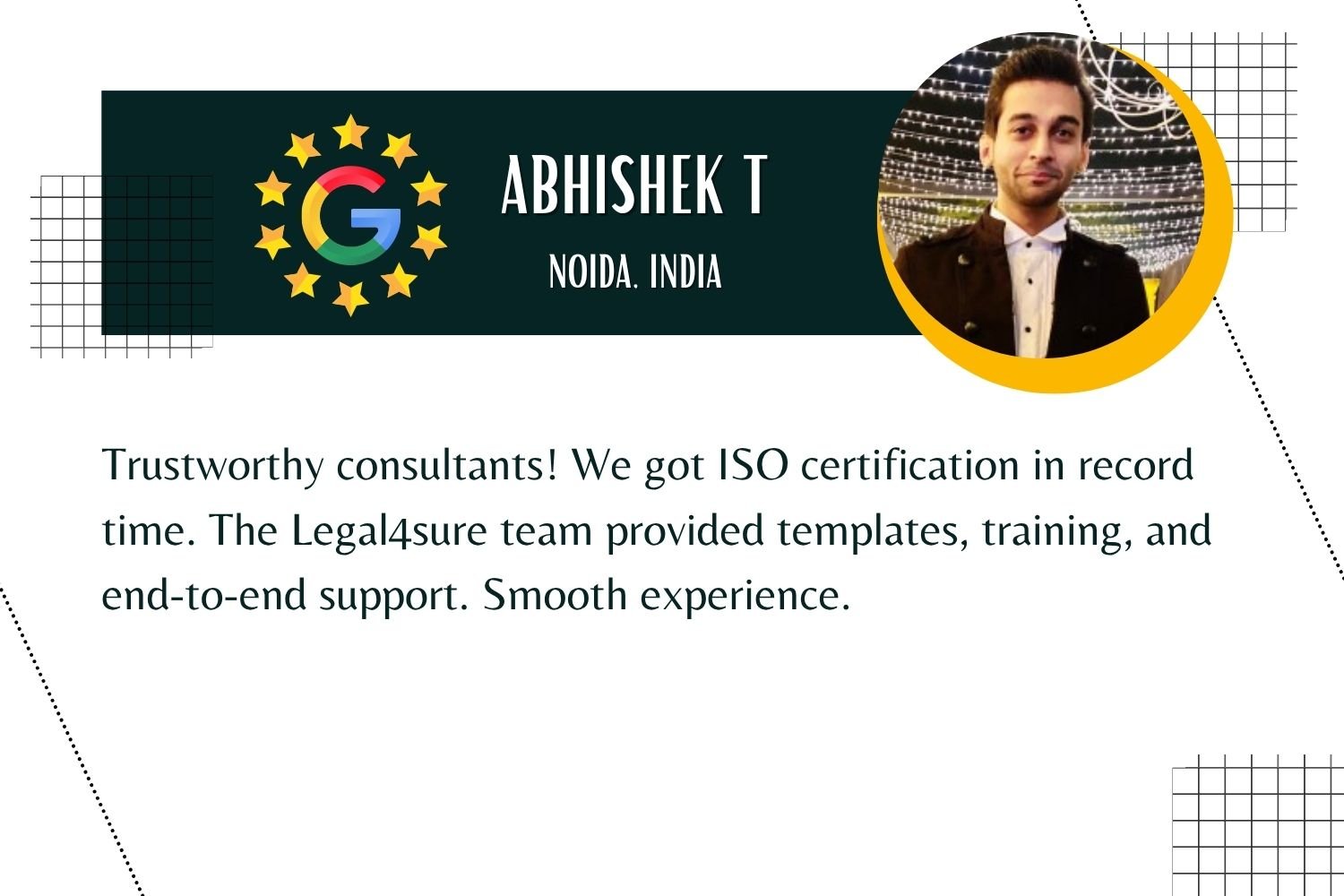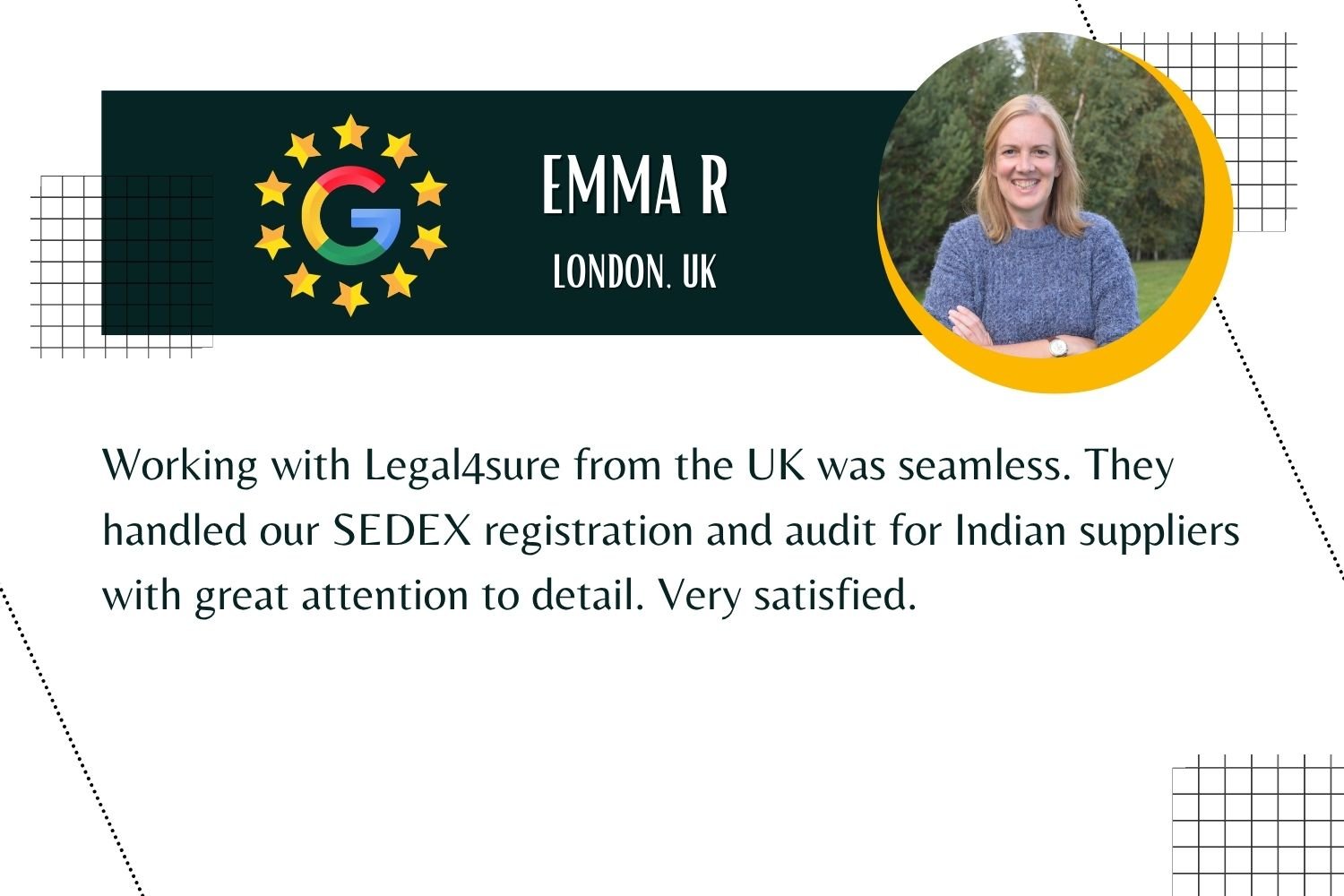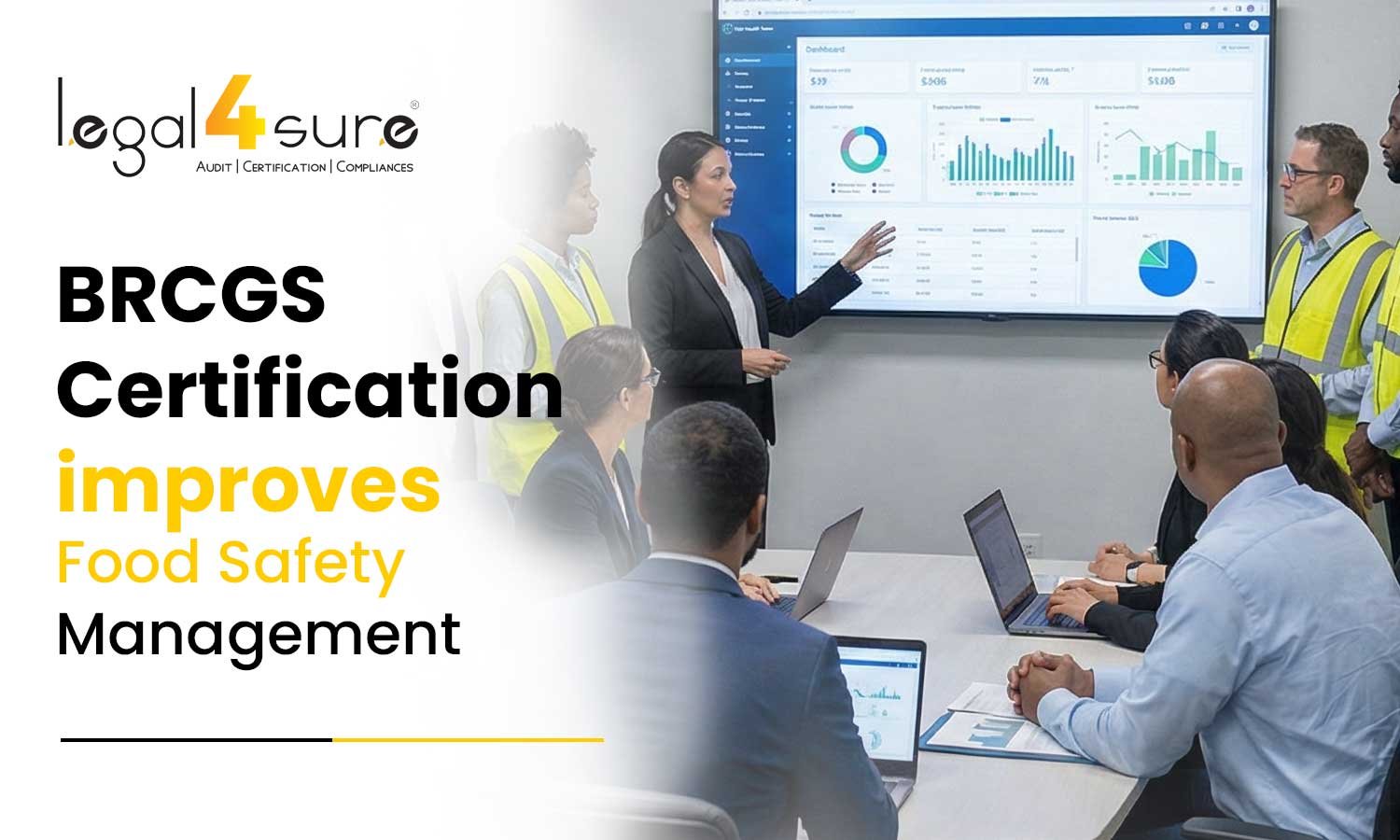Fairly and respectfully treating people forms the basis for worldwide acknowledgement rather than just a strategy. Although negotiating between SEDEX vs BSCI vs SA8000 might seem difficult, the appropriate certification will simplify compliance, draw responsible consumers, and boost your brand’s credibility. This guide will help you pick wisely without wasting time or energy with a clear, no-nonsense breakdown of every route. You will be prepared by the end to confidently and strategically seek the quickest path to factory compliance.
Social Compliance Standards Comparison
While each program on your shortlist addresses worker welfare, safety, and business ethics, they all approach it from a different perspective. A fast comparison of social compliance standards shows that:
- The data-driven SMETA audit methodology (2-pillar or 4-pillar) is run by SEDEX, which allows businesses to monitor supplier performance on a common online forum.
- The Business Social Compliance Initiative (BSCI) is based on a single Code of Conduct that adheres to ILO standards and promotes ongoing progress rather than pass/fail grading.
- The fact that the SA8000 is based on the ISO framework and certified by accredited organisations makes it unique among management system standards that can be certified.
Framing the three together gives context before diving deeper into the difference between SEDEX vs BSCI vs SA8000 and how that affects daily operations.
Difference Between SEDEX BSCI, SA8000
When budgets and schedules are constrained, the distinction between SEDEX vs BSCI vs SA8000 becomes important, even if the papers initially appear to be similar.
- The audit format – BSCI and SEDEX audits belong to buyers, thus corrective actions are entered into their databases; SA8000 publishes a public certificate that is good for three years.
- Scope- The SA8000 framework is a structured management system with required worker committees, while the SEDEX 4-pillar option includes environment and business ethics, and the BSCI focuses on labour.
- Ownership – Because ISO-style certificates are recognized worldwide, SEDEX and BSCI enable many customers to accept the same report, which minimizes replication, while SA8000 demonstrates adherence to any client, even those who are not acquainted with SMETA or BSCI.
Understanding these distinctions helps you compare the advantages of SEDEX and BSCI and determine if the increased rigour of the SA8000 certification process is worth it.
SEDEX vs BSCI Benefits
Instead of just choosing one, why do importers frequently argue over “SEDEX vs BSCI vs SA8000”? Since the advantages of SEDEX vs BSCI address various stakeholder pressures:
- SEDEX: Risk assessment tools, live dashboards, and strategies to lessen audit exhaustion. It is liked by brands because it provides visibility across several tiers. Suppliers like it because SMETA meets the needs of a large number of clients.
- BSCI offers a single Code of Conduct widely accepted across Europe, helping suppliers reduce audit costs while focusing on continuous improvement. Templates are highly valued by factories.
- While SA8000 requires system-wide commitments right now, both programs let you wait before making significant investments until consumers ask for them.
You can avoid over- or under-investing by comparing these SEDEX vs BSCI advantages to consumer expectations.
SA8000 Certification Process
If leadership seeks a globally recognised credential, the SA8000 certification process offers strong credibility and assurance. These are some of the steps:
- Gap assessment – an internal examination of nine performance areas (child labour, forced labour, health and safety, etc.).
- Create policies, establish quantifiable goals, educate employee representatives, and incorporate SA8000 into HR and production during the System Build stage.
- Pre-Audit – an optional mock check to identify non-conformities.
- The authorized organization conducts interviews with management and staff, examines payroll, and inspects the premises during the Stage 1 and Stage 2 audits.
- Surveillance and Certification – certificate valid for three years, accompanied by surveillance visits every six or twelve months.
Since the procedure for obtaining SA8000 certification is similar to that for ISO 9001 or 14001, firms that currently use management systems find it simpler to integrate.
Which Audit is Best for Suppliers
So, which audit is the most beneficial for providers? The response is contingent upon the risk profile, client mix, and development strategies.
- SEDEX users who are already clients of several brands? Time is saved by SMETA.
- Are European stores with BSCI membership their primary clientele? Their sourcing procedures are in perfect alignment with BSCI.
- Looking to enter high-end markets or win large corporate tenders that value ISO-style certifications? Even if initial costs are greater, SA8000 might help you land long-term contracts.
In your eyes, which audit is best for suppliers? Ask your top five customers; their answer usually settles the debate more quickly than any consultant.
The right audit for suppliers depends on individual needs—there’s no single answer that fits all. Until the consumer base settles, some factories maintain a dual participation model, using SA8000 for new markets and SMETA for older purchasers.
Path to Factory Compliance Certification
Whatever route you take, success depends on a robust basis: transparent HR records, a safe workspace, a tidy payroll, and a powerful workforce voice. Every year, conduct an internal social compliance standards comparison to identify new client needs. With Legal4sure’s guidance, keep a live action strategy so that audits—whether SMETA, BSCI, or SA8000—become routine rather than a scramble. A smart investment in factory compliance with Legal4sure focuses less on checking boxes and more on embedding respect for workers at the core of your firm. Proper execution turns SEDEX versus BSCI versus SA8000 into an opportunity to showcase your company’s commitment to ethical business, not a hurdle.
Simplify Your Compliance Journey
Confused about SEDEX, BSCI, or SA8000 audits? Let Legal4sure guide your factory through every step, ensure compliance, and help you meet global standards with confidence and ease.






